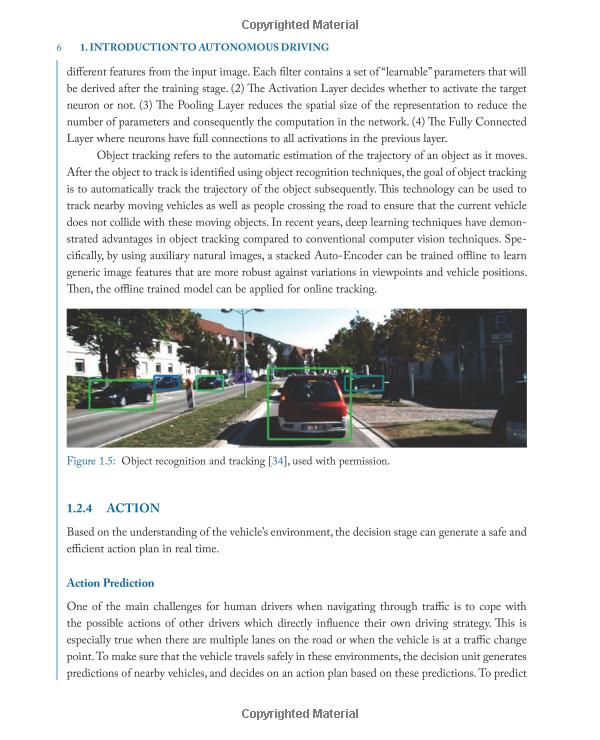Understanding the Importance of LTV Ratio Auto Loans for Your Next Vehicle Purchase
#### What is LTV Ratio Auto Loans?The term **LTV Ratio Auto Loans** stands for Loan-to-Value Ratio in the context of auto financing. It is a critical financ……
#### What is LTV Ratio Auto Loans?
The term **LTV Ratio Auto Loans** stands for Loan-to-Value Ratio in the context of auto financing. It is a critical financial metric used by lenders to assess the risk associated with a loan. The LTV ratio is calculated by dividing the amount of the loan by the appraised value of the vehicle. For example, if you're looking to finance a car worth $20,000 and you want to borrow $15,000, your LTV ratio would be 75% ($15,000 / $20,000).
#### Why is LTV Ratio Important?
The LTV ratio is significant for several reasons. First and foremost, it helps lenders determine the risk of lending money for a vehicle purchase. A lower LTV ratio indicates less risk, as the borrower has a larger equity stake in the vehicle. Conversely, a higher LTV ratio may suggest that the borrower is over-leveraged, which could lead to potential loan default.
Moreover, the LTV ratio can influence the interest rate you receive. Generally, borrowers with lower LTV ratios are more likely to qualify for lower interest rates, as they are perceived as less risky. This can translate into substantial savings over the life of the loan.
#### How to Calculate Your LTV Ratio for Auto Loans
Calculating your LTV ratio for auto loans is straightforward. Here are the steps you need to follow:
1. **Determine the Loan Amount**: This is the total amount you wish to borrow to finance your vehicle purchase.

2. **Find the Vehicle’s Appraised Value**: This can be done through resources like Kelley Blue Book or Edmunds, which provide estimates based on the make, model, year, and condition of the vehicle.
3. **Use the LTV Formula**: Divide the loan amount by the vehicle's appraised value and multiply by 100 to get a percentage.
\[
\text{LTV Ratio} = \left( \frac{\text{Loan Amount}}{\text{Vehicle Value}} \right) \times 100
\]
For instance, if you want to borrow $18,000 for a car valued at $22,000, your LTV ratio would be:

\[
\left( \frac{18,000}{22,000} \right) \times 100 = 81.82\%
\]
#### Tips for Managing Your LTV Ratio
To improve your LTV ratio and potentially secure better loan terms, consider the following tips:
- **Make a Larger Down Payment**: The more money you put down upfront, the lower your LTV ratio will be. This not only reduces your loan amount but also builds equity in your vehicle right from the start.

- **Choose a Less Expensive Vehicle**: If you can find a reliable vehicle that meets your needs at a lower price point, you can reduce your loan amount and improve your LTV ratio.
- **Increase Your Credit Score**: A higher credit score can lead to better loan terms, including lower interest rates, which can indirectly affect your LTV ratio by making it easier to manage your payments.
#### Conclusion
In summary, understanding the **LTV Ratio Auto Loans** is essential for anyone looking to finance a vehicle. By grasping how this ratio works and its implications on loan terms, borrowers can make informed decisions that will benefit them in the long run. Whether you're a first-time car buyer or looking to upgrade your current vehicle, keeping your LTV ratio in check can help you secure favorable financing options and save money over the life of your loan.